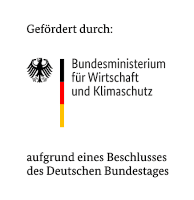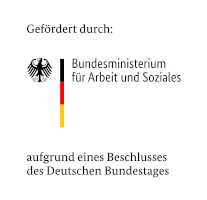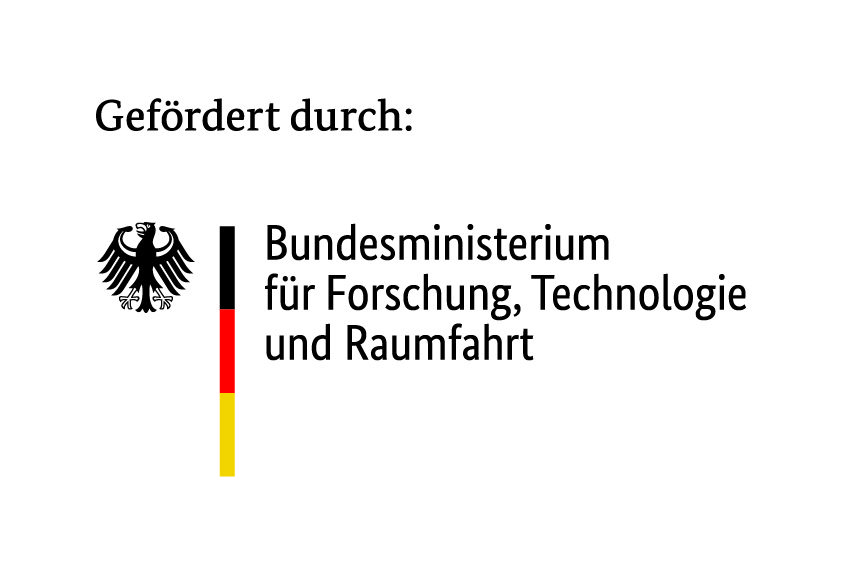High-Performance Composite Materials plus the Hybrid Additive Fusion Solution Process lowers Production Costs for Advanced Composite Parts. High-performance resin and carbon fiber-reinforced composites supplier, Solvay SA (Brussels, Belgium) is working with advanced manufacturing solution OEM 9T Labs AG to help bring additively manufactured carbon fiber-reinforced plastic (CFRP) parts to mass production. The joint effort will focus on development of carbon fiber-reinforced polyetheretherketone (CF/PEEK), CF-reinforced bio-based high performance polyamides and CF-reinforced polyphenylene sulfide (CF/PPS) composite materials from Solvay for use in 9T Labs’ hybrid 3D printing/molding platform to more repeatedly and affordably produce low-to-medium volume and size parts for the aerospace, medical, luxury/leisure, automation, and oil and gas industries. It also significantly expands the types of neat and carbon fiber-reinforced materials portfolio that 9T Labs currently offers customers.
“With 9T Labs’ innovative process and equipment and Solvay’s high-performance thermoplastic materials, we are well positioned to address problems that have long plagued manufacturers in many industries trying to use advanced composites — namely high incremental costs, high scrap, and problems achieving repeatability and traceability,” explains Marco Apostolo, Director of Technology at Solvay. “We believe this collaboration will help solve many challenges and will open entirely new markets and applications to CFRP materials.”
“For the fabrication of structural parts, metals still prevail because the manufacturing of structural CFRP parts has not been cost-competitive,” adds Giovanni Cavolina, 9T Labs co-founder and chief commercial officer. “The Red Series® platform in combination with Solvay’s high-performance and recyclable materials will change this and make CFRP parts more sustainable, accessible and cost-competitive, especially at higher volumes.”
9T Labs’ hybrid manufacturing technology enables high-performance structural parts — in challenging small-to-medium size and thick sections — to be produced in carbon fiber-reinforced thermoplastic composites in production volumes ranging from 100 to 10,000 parts/year. By combining 3D printing (which offers unexcelled design freedom, part complexity, and control of fiber orientation) with compression molding in matched metal dies (providing rapid cycle times, high production rates, excellent surface finishes with low voids, plus high repeatability and reproducibility (R&R)), the hybrid production system offers the best of both additive and conventional / subtractive manufacturing.
The company’s patented Red Series® Additive Fusion Solution platform consists of a Build Module (3D printer providing fiber layup and preform production) and a Fusion Module (compact compression press providing preform consolidation and final part forming). The hardware is supported by 9T Labs’ Fibrify® design suite. This software allows CAD files to be imported, part design and fiber layups optimized, then moved into major commercial structural analysis programs to verify structural performance. This eliminates the costly and time-consuming “make & break” cycle of designing parts, producing and testing prototypes, and further modifying designs to more closely meet performance and cost targets. In turn, this helps manufacturers bring parts to market faster and at lower cost.
Together, the system can rapidly, efficiently, consistently, and cost-effectively produce structural parts with heretofore unmatched levels of complexity in advanced carbon fiber-reinforced thermoplastic composites for initial prototyping through to high-volume manufacturing. Thanks to a growing complement of proven industry-standard materials — in high performance neat (unreinforced) and carbon fiber-reinforced PEEK and PPS as well as polyamide 12 (PA12) and polyetherketoneketone (PEKK) — lightweight, structural composite parts capable of replacing metals in challenging environments can be produced affordably with very-low waste, an excellent buy-to-fly ratio, and high levels of R&R. Since the thermoplastic matrices may be melt reprocessed, scrap material and parts can be recycled, and multiple 3D-printed subassemblies can be welded together during the Fusion step.

















